Blockchain has brought the concept of tokenization and Real World Assets (RWA) into the spotlight. Tokenization involves converting rights to an asset, such as real estate or financial instruments, into a digital token on a blockchain. RWAs bridge physical assets with digital economies, unlocking liquidity, fractional ownership, and transparency. However, regulatory frameworks and recognition vary widely, creating both challenges and opportunities for the blockchain industry.
In this series, we explore 15 blockchain technologies and standards gaining legal recognition or regulatory attention worldwide. From cross-chain bridges to wrapped tokens, these technologies shape the evolving landscape of Web3, RWA, and digital finance. Follow along to stay informed, explore potential use cases, and connect for insights into tokenization, RWA, and blockchain solutions.
Top Blockchain Innovations with Real-World Legal Recognition (Part 1)
Blockchain has brought the concept of tokenization and Real World Assets (RWA) into the spotlight. Tokenization involves converting rights to an asset, such as real estate or financial instruments, into a digital token on a blockchain. RWAs bridge physical assets with digital economies, unlocking liquidity, fractional ownership, and transparency. However, regulatory frameworks and recognition vary widely, creating both challenges and opportunities for the blockchain industry.
In this series, we explore 15 blockchain technologies and standards gaining legal recognition or regulatory attention worldwide. From cross-chain bridges to wrapped tokens, these technologies shape the evolving landscape of Web3, RWA, and digital finance. Follow along to stay informed, explore potential use cases, and connect for insights into tokenization, RWA, and blockchain solutions.
15. Cross-Chain Bridges (e.g., Wormhole, Polkadot)
These bridges enable asset transfers between different blockchains, providing crucial interoperability and liquidity. They’re often considered financial infrastructure and are subject to anti-money laundering regulations in the U.S., Europe, and several Asian countries.
- Jurisdictions: U.S., EU, Singapore, Japan
- Status: Viewed as financial infrastructure with AML compliance requirements
- Analog: Similar to financial clearing systems, enabling transfers across networks
- Ratings:TVL: ⭐⭐⭐⭐▪️
- Ease of Use Compared to Off-Chain Analogs: ⭐⭐⭐▪️▪️
- Adoption & Product Availability: ⭐⭐⭐⭐▪️
14. NFT Licenses
NFT licenses give holders rights to digital or physical assets, with their utility similar to traditional intellectual property licenses. NFT licensing is gaining traction in the U.S. and EU, where it is often regulated as a digital property license, especially when tied to IP or media content.
- Jurisdictions: U.S., EU, South Korea
- Status: Often regulated as a digital license when granting access to content
- Analog: Comparable to IP or software licensing agreements
- Ratings:TVL: ⭐⭐▪️▪️▪️
- Ease of Use: ⭐⭐⭐▪️▪️
- Adoption: ⭐⭐▪️▪️▪️
13. Privacy Coins (e.g., Monero, Zcash)
Designed to protect user privacy, privacy coins obscure transaction details, making them more challenging to trace. They face varying degrees of restriction worldwide, especially in Japan and South Korea, where regulations ban anonymous crypto to combat money laundering.
- Jurisdictions: Japan, South Korea, U.S., EU
- Status: Restricted or banned in some regions due to privacy concerns
- Analog: Similar to digital cash with privacy protections, like anonymous cash transactions
- Ratings:TVL: ⭐⭐⭐▪️▪️
- Ease of Use: ⭐⭐▪️▪️▪️
- Adoption: ⭐⭐⭐▪️▪️
12. NFT Fractionalization
This approach splits ownership of high-value NFTs into smaller fractions, allowing more user access. It’s treated as a security in certain countries when ownership fractions are sold as investments, potentially regulated similarly to stocks or real estate shares.
- Jurisdictions: U.S., U.K., Switzerland
- Status: Can be regulated as a security if it represents fractional investment
- Analog: Similar to fractional real estate or art ownership
- Ratings:TVL: ⭐⭐▪️▪️▪️
- Ease of Use: ⭐⭐▪️▪️▪️
- Adoption: ⭐⭐▪️▪️▪️
11. Wrapped Tokens (e.g., WBTC)
Wrapped tokens represent assets like Bitcoin on other blockchains, such as Ethereum, allowing for interoperability and liquidity across networks. They’re often treated as derivatives, with regulatory scrutiny akin to financial securities in certain jurisdictions.
- Jurisdictions: U.S., EU, Australia
- Status: Often classified as derivatives with financial oversight
- Analog: Comparable to depositary receipts or cross-border securities
- Ratings:TVL: ⭐⭐⭐⭐▪️
- Ease of Use: ⭐⭐⭐⭐▪️
- Adoption: ⭐⭐⭐▪️▪️
Follow for the next five technologies gaining global traction in blockchain and Web3. You’ll get insights, consultations, and direct access to RWA and tokenization expertise, helping you navigate and leverage Web3 innovations for your projects and investments.
Part 1/3: 15 Key Blockchain Technologies Shaping the Future of Web3 and RWA was originally published in The Capital on Medium, where people are continuing the conversation by highlighting and responding to this story.

 2 months ago
36
2 months ago
36

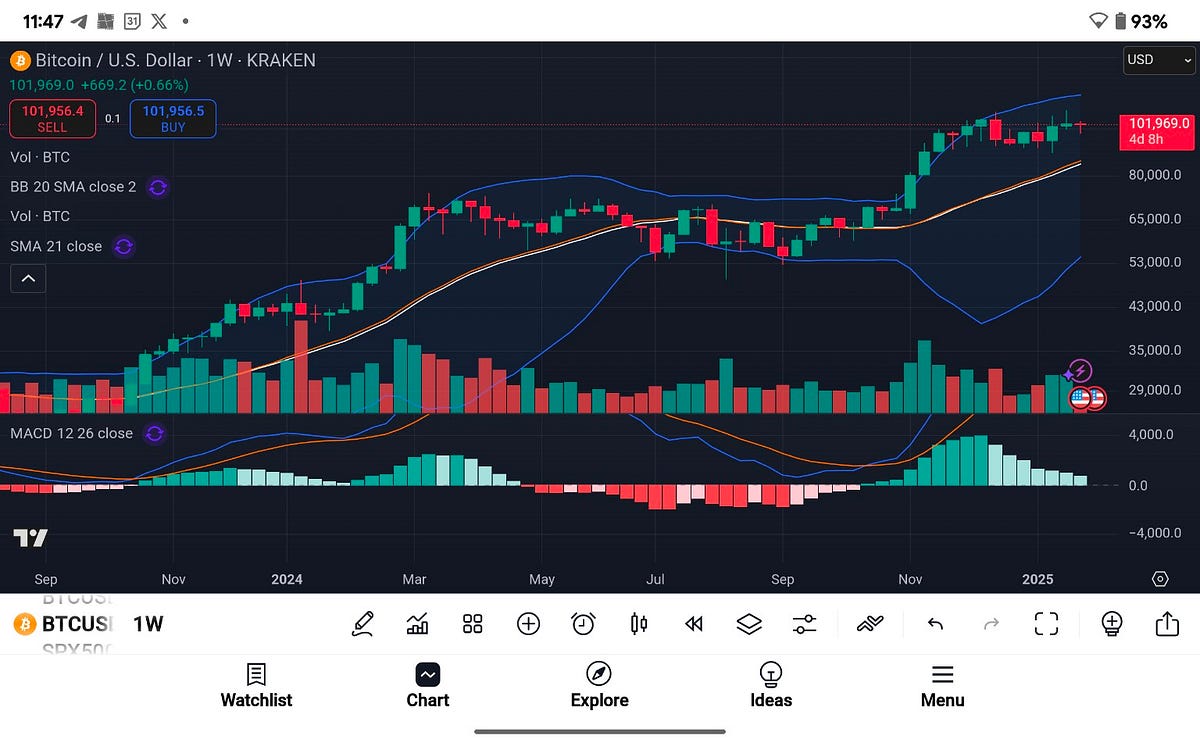
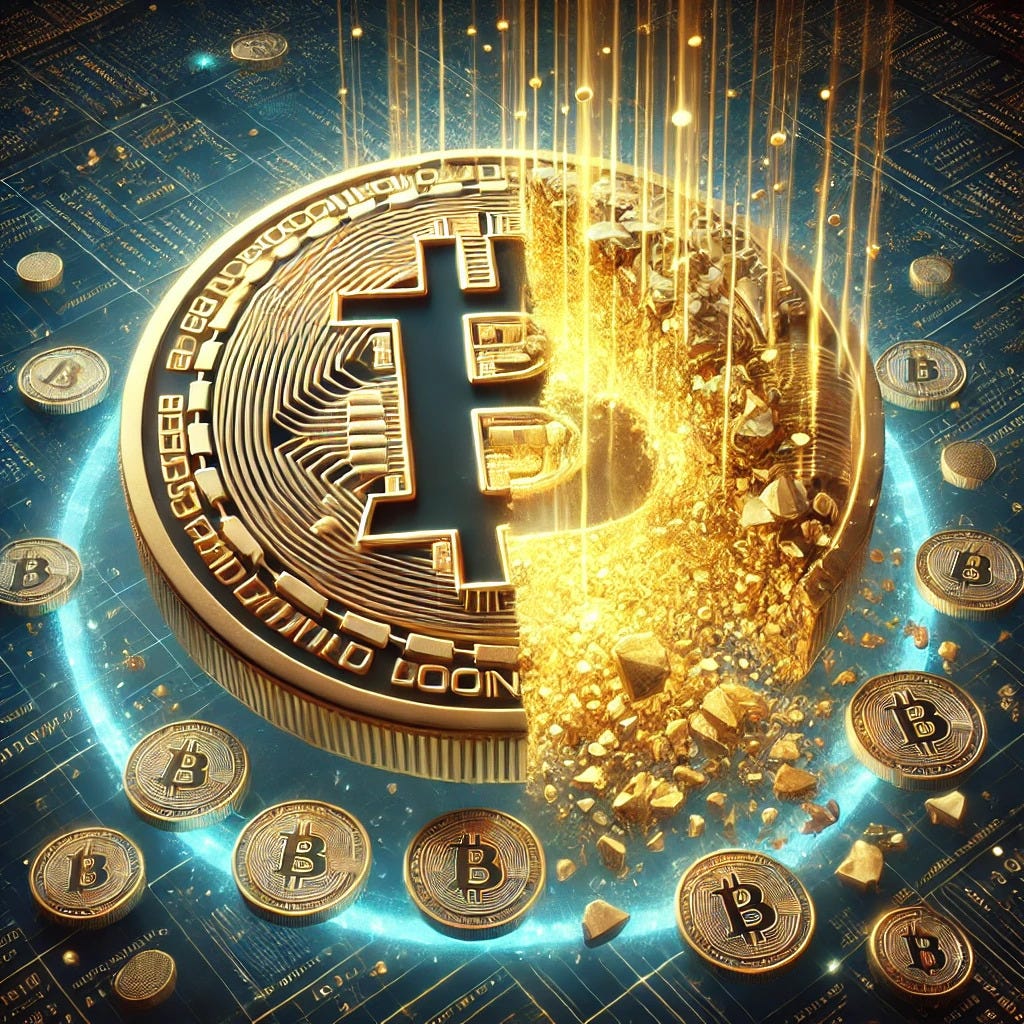

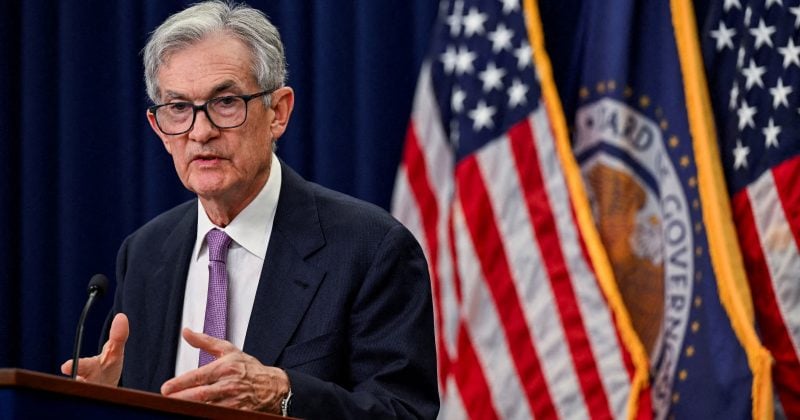

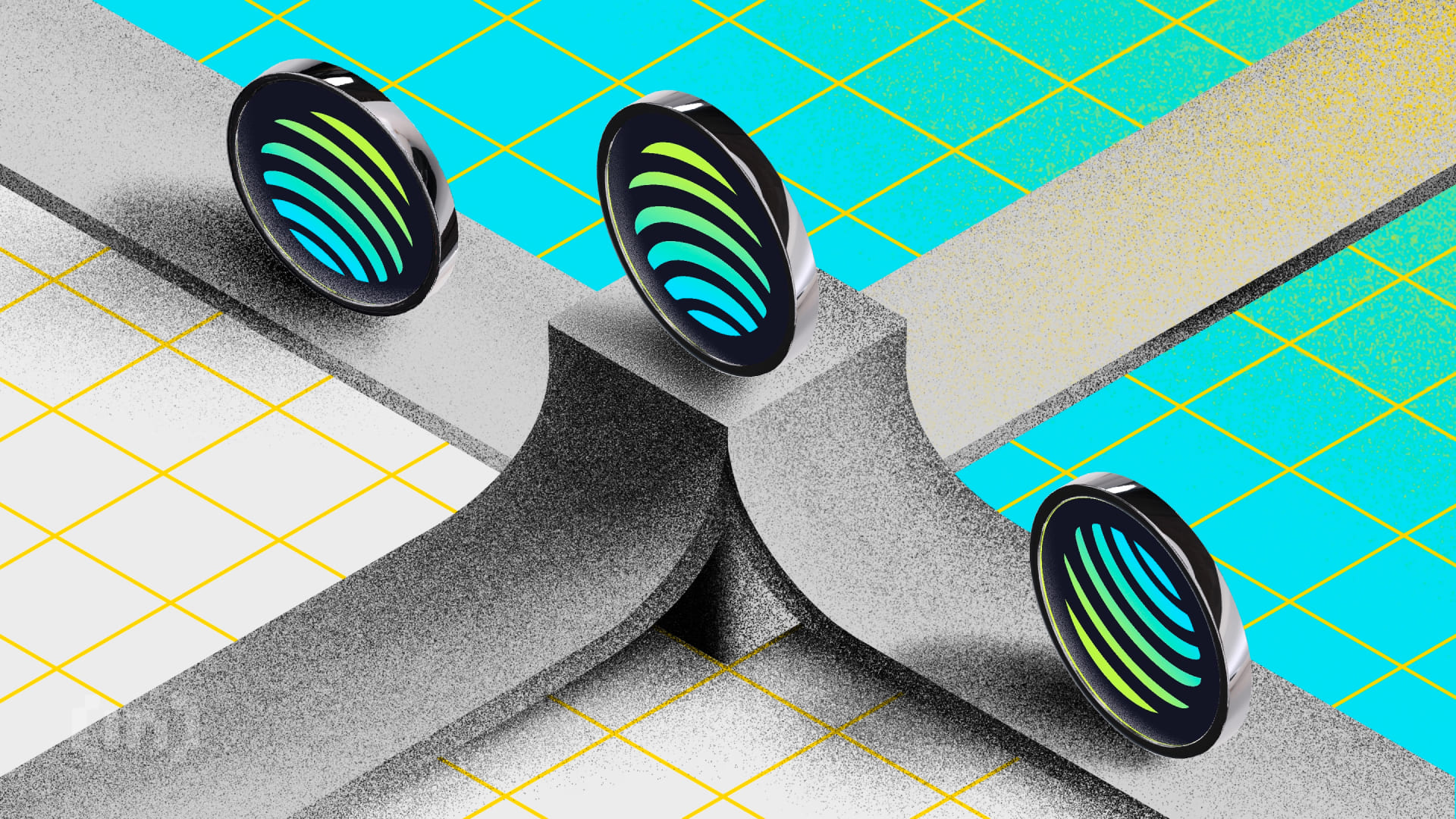
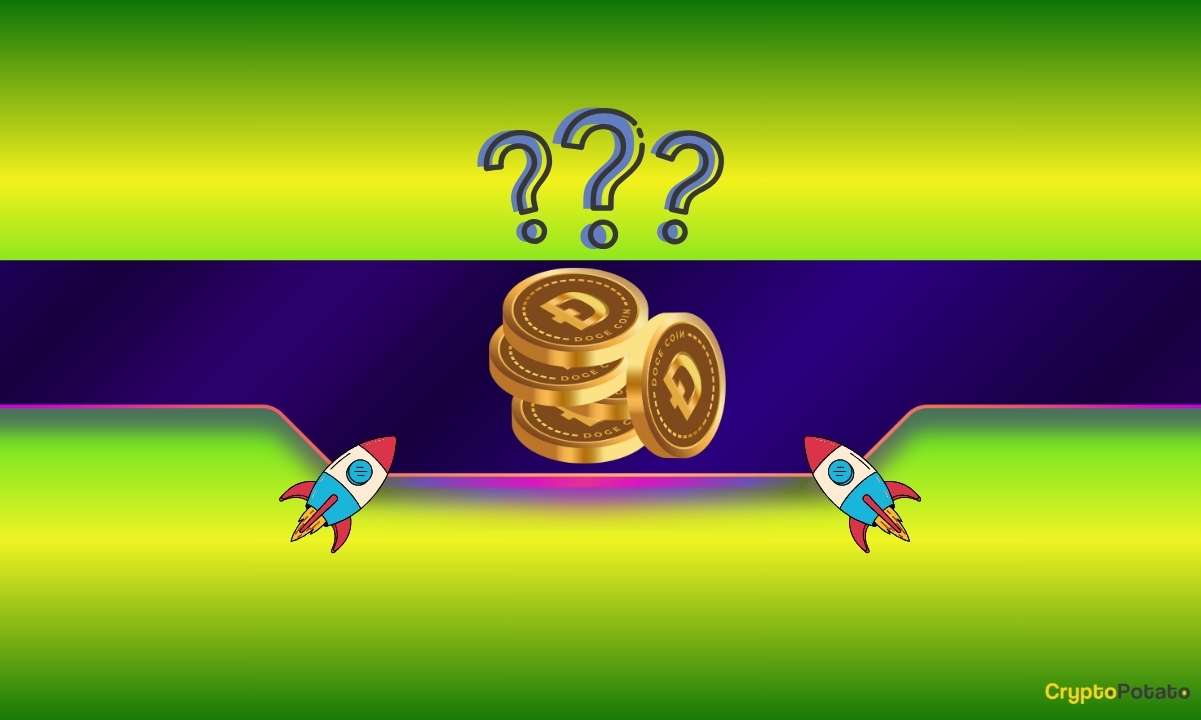

 English (US) ·
English (US) ·